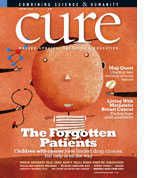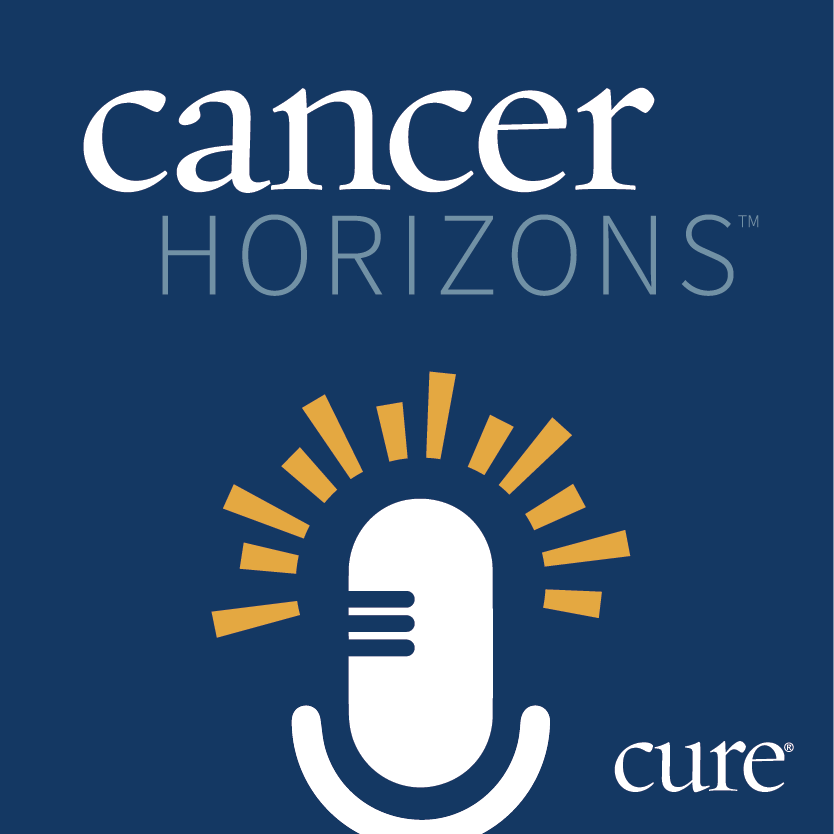Publication
Article
CURE
Timeline: The Path to Expanding Research
Drug development in childhood cancer has picked up the pace in recent years.
1948-2003
Federal regulators approve 120 new therapies for cancer; only 15 of these have pediatric information on the labeling.
1998
Officials at the Food and Drug Administration establish the “pediatric rule,” dictating that new drugs with potential for pediatric benefit must be tested in children.
2000
Four childhood cancer research groups—Children’s Cancer Group, Pediatric Oncology Group, National Wilms’ Tumor Study Group, and Intergroup Rhabdomyosarcoma Study Group—merge to create the Children’s Oncology Group. Today, the organization includes more than 5,000 members at more than 200 children’s hospitals, university hospitals, and cancer centers in North America.
2001
Congress passes the Best Pharmaceuticals for Children Act, offering companies six extra months of exclusive sales if they seek pediatric labeling. (The bill is signed into law by President Bush on January 4, 2002.)
2002
The FDA's pediatric rule is declared invalid on the grounds that the agency overstepped its authority.
2003
The Pediatric Research Equity Act, allowing the FDA to mandate pediatric drug studies, becomes law. However, the law does not include a provision for orphan diseases, which limits its application in pediatric cancer drugs.
2004
Clolar becomes the first pediatric drug in two decades to be approved for a childhood cancer without a corresponding medication for adults.
2005
The Institute of Medicine and National Research Council issue the report, “Making Better Drugs for Children with Cancer.” Among the recommendations for getting better treatment: “neither industry nor government can be expected to play this role alone.”
2007
Congress reauthorizes both the Best Pharmaceuticals for Children Act and the Pediatric Research Equity Act.
2008
The Caroline Pryce Walker Conquer Childhood Cancer Act of 2008, a bill that earmarks $150 million over five years for research into childhood cancers, passed the House in June and awaits a full Senate vote this summer.





